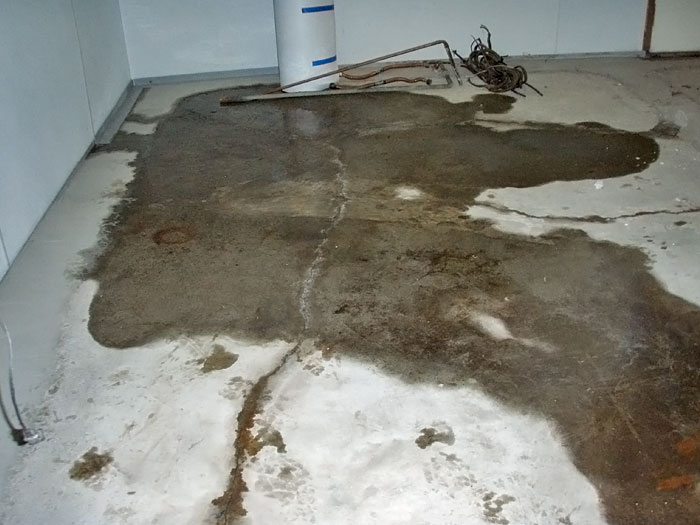Foundation Leak Repair
 Is your foundation leaking? Do you need foundation leak repair? Don’t fret – it will be okay! Read on for tips to preserve your foundation.
Is your foundation leaking? Do you need foundation leak repair? Don’t fret – it will be okay! Read on for tips to preserve your foundation.
Foundation leaks are very common, especially in basements. This doesn’t mean that whoever built your home did a poor job. Over time, the elements within nature may cause your foundation to crack and leak. Hot summers and wet winters can wreak havoc on a foundation.
Even in dry climates, water exists in the ground. When rain falls repeatedly or snow melts, water is absorbed into the soil. However, not all the liquid is absorbed, and the water that isn’t can get under a foundation and create pressure against the foundation from below. This water can leak into the basement – and that’s when you walk downstairs and find water.
Certain type of soil may absorb more water than others. Clay soil, for example, absorbs more water than sand soil. Depending on where you live, you may have more of one type of soil than another. The situation can be exacerbated by the perimeter of your home where soil is often less compact. The original foundation of the home exists in this ten foot wide area and has looser soil that becomes more absorbent of water. When the soil expands, it creates pressure against the foundation that can cause leaks.
Knowing that foundation leaks aren’t your fault probably doesn’t make you feel better about having them. So what can you do to fix a foundation leak?
Regularly checking for cracks and staying vigilant is important to ensuring your home stays in shape. A small crack is nothing to worry about so long as you address it in a timely manner.
The most common source of leaks occur via a non-structural crack in a poured concrete basement wall. These cracks are caused through water pressure or by settling of the foundation. These cracks are easily repairable by using expanding polyurethane. You inject the polyurethane into the crack and then it fills and seals the crack. Most importantly, it is a flexible material, so if small foundation movements continue to occur, the cracks won’t reopen.
When there is a crack in the floor or a crack between where the floor and the wall meet, you may find more water. Hydrostatic pressure forces water into a basement through these particular spaces. To repair this issue, you need to route the water elsewhere. Installing interior drain time under the basement floor gives the water somewhere else to go. This system creates better drainage for your home. It takes in ground water and carries it to a sump basin. The sump basin then discharges the water via a sump pump.
Foundation leak repair may mean addressing the outside of your home. If the crack is on the outside of the home, you may need to fill it with a special kind of clay called sodium bontonite clay. This clay forms a barrier and keeps water out of the basement.
These are some of the most common cracks that you will see in a foundation. Foundation leak repair may seem daunting, but if you call in a professional right away, you can usually fix the problem inexpensively and avoid reinforcing your foundation or excavating it. Spending some money to keep water out of your home will help preserve the foundation for many years to come – and give you peace of mind knowing your home is secure.
On a regular basis, we will purchase properties with foundation issues. If you don’t want to deal with the tedious process of repairing a foundation, we can help, click here for a free consultation. Follow us on Facebook for more tips on foundation and construction issues: click here